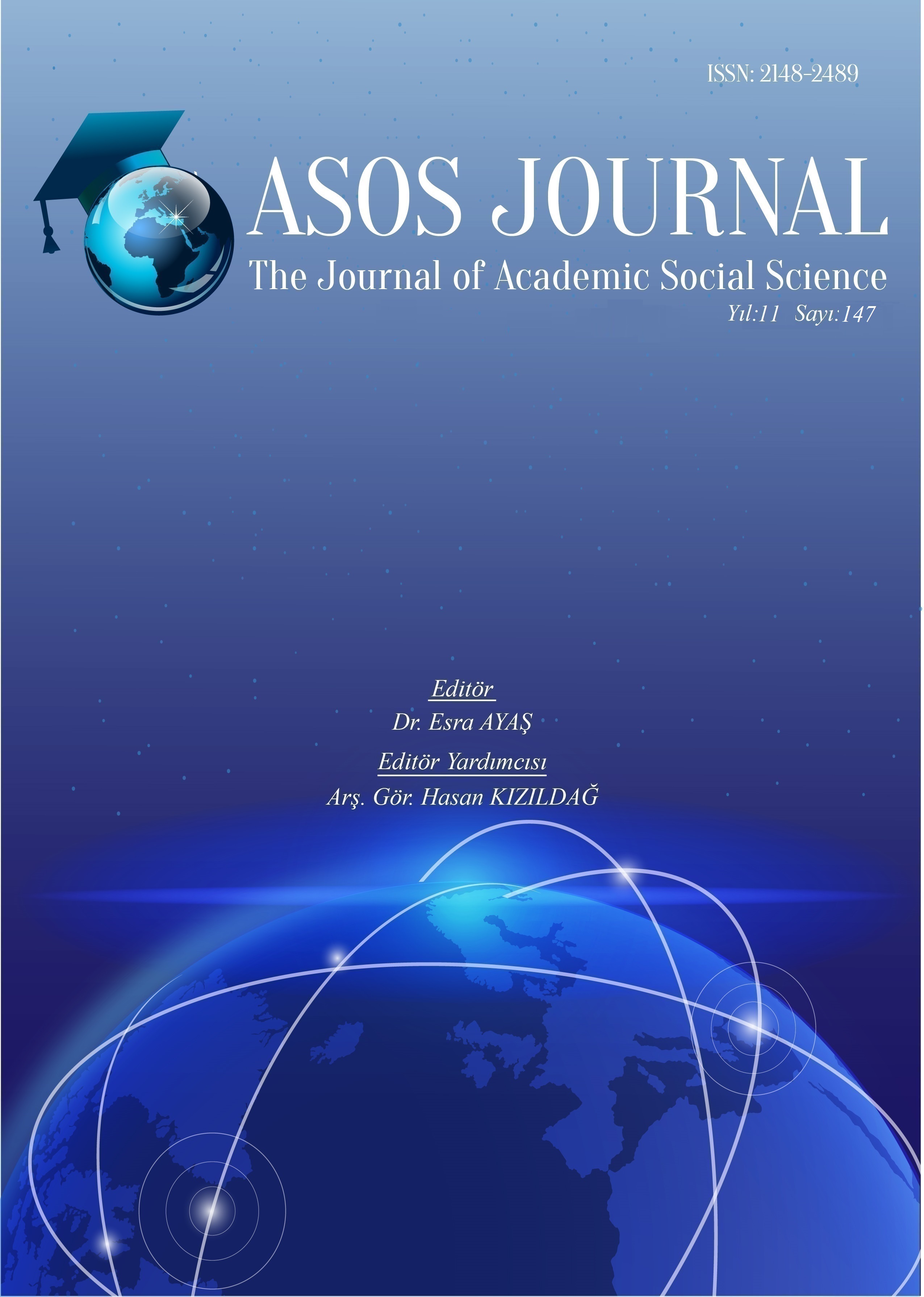Author :
Abstract
Her geçen gün artan obezite sorunu birçok araştırmacı tarafından vurgulanmaktadır. Bu araştırmamızda da hemşirelik bölümü öğrencilerinin, obezite prevelanslarının ve obezitenin biyokimyasal parametreler ile ilişkisinin incelenmesi amaçlanmıştır. Bu çalışma Uşak Üniversitesi Hemşirelik bölümü 1.2. 3.ve 4. sınıflarının bulunduğu toplam 80 kadın öğrencinin gönüllü katılımı ile oluşmuştur. Araştırma için gerekli izinler alınmıştır. Katılımcıların HDL, LDL, Kolesterol, Glikoz, Trigliserid, VLDL kan değerleri, Vücut Kitle İndeksi(VKİ), bel, kalça, basen çevre ölçümleri, kalça çap ölçümleri ve BIA (Bioelektrical Impedance Analysis) ile yağ değerleri tespit edilmiştir. VKİ bakımından grup I (VKİ≤18,4 zayıf), grup II (18,5-24,9 normal), grup III ( 25,0-29,9 fazla kilolu), grup IV (30,0-34,9 şişman), grup V (35,0-44,9 obez), ve grup VI (45≤ BKİ aşırı obez) olarak kabul edilmiştir. Araştırmada sınıflar arası obezite prevelans değerlerinde, kan parametrelerinde, bel ve basen çevre değerlerinde, fiziksel aktivite düzeylerinde istatistiksel olarak anlamlılık görülmezken (p>0.05), sınıflar arası kalça çevre ölçümlerinde 4. sınıf öğrencilerinin 36.44 ile en yüksek ortalama değere sahip oldukları görülmüştür. 1.,2.,3. ve 4. sınıf öğrencileri arasında obezite prevalans değerlerinde fark görülmemiştir. Ancak fiziksel ölçümde 4.sınıfların sonuçlarının 1.2.3.sınıflardan kalça çevresinin farklı olduğu görülmüştür. Yine obezite ile ilişkili biyokimyasal parametrelerde de sınıflar arası anlamlı bir farklılık gözlenmemiştir. Hemşirelik bölümü öğrencilerinin obezite risk faktörlerinin öğrencilik dönemlerinde oluşmadığı görülmüştür. Ancak literatürde çalışma hayatının obezite prevalans riski oluşturduğu bildirilmektedir. Bu nedenle obezite prevalansı ve risk durumlarının çalışma hayatının farklı dönemlerde kontrol edilmesi önerilmektedir.
Keywords
Abstract
Many studies highlight the issue of obesity, which is becoming more and more prevalent every day. The purpose of this study was to investigate the prevalence of obesity among nursing students and how it related to biochemical indicators. The Uşak University Nursing Department 1.2 was the site of this investigation. It was created with the voluntary cooperation of 80 female third- and fourth-graders in total. Permissions required for the research were secured. Using BIA (Bioelectrical impedance analysis), the participants' blood values for HDL, LDL, cholesterol, glucose, triglyceride, and VLDL as well as their body mass index (BMI), waist, hip, and hip circumference measures, hip diameter measurements, and fat values were calculated. Group I is underweight (BMI ≤18.4), group II is normal (18.5-24.9), group III is overweight (25.0-29.9), group IV is obese (30.0-34.9), group V is obese (35.0-44.9), and group VI is extremely obese (45≤ BMI). The study concluded that fourth grade students had the highest mean hip circumference measurement between classes (36.44), despite the fact that there was no statistical significance in the values of obesity prevalence, blood parameters, waist and hip circumference, or physical activity levels among classes (p>0.05). There was no difference in obesity prevalence values among 1.,2.,3. and 4th grade students. In contrast to the first, second, and third grades, the fourth graders' hip circumference measurements were observed to differ physically. Furthermore, there was not a noticeable difference in the obesity-related biochemical parameters between the classes. It was reported that during their student years, nursing students never experienced the obesity risk factors. However, working life is associated with an increased risk of obesity prevalence, according to published research. For this reason, it is recommended that obesity prevalence and risk situations be checked at different periods of working life.





